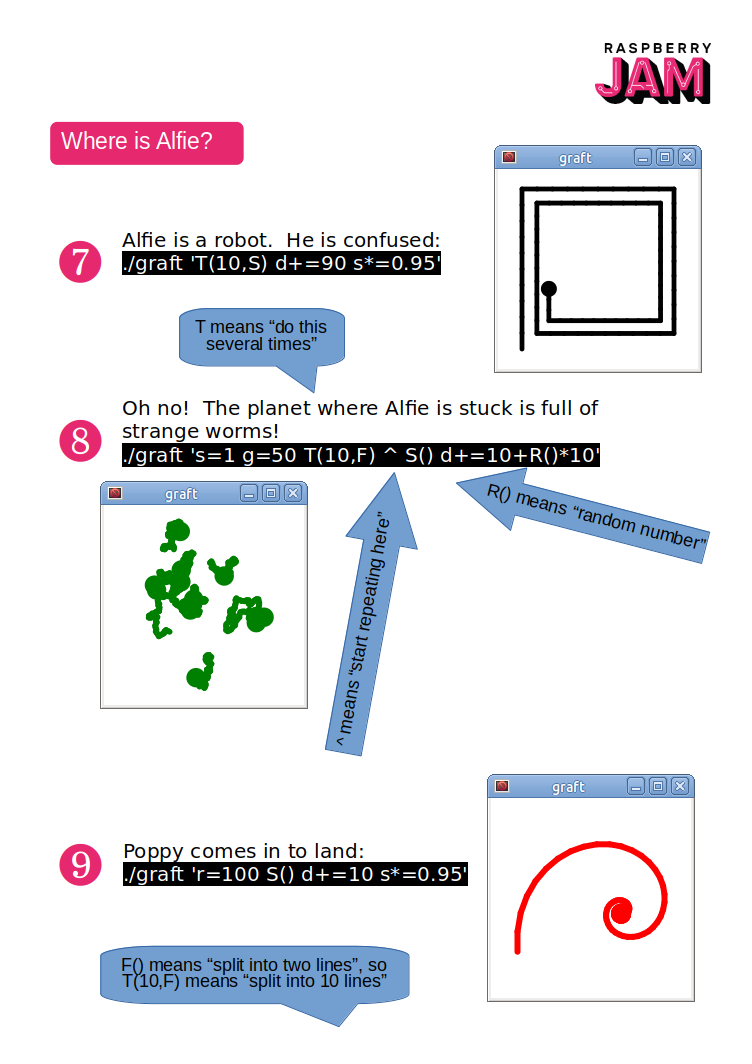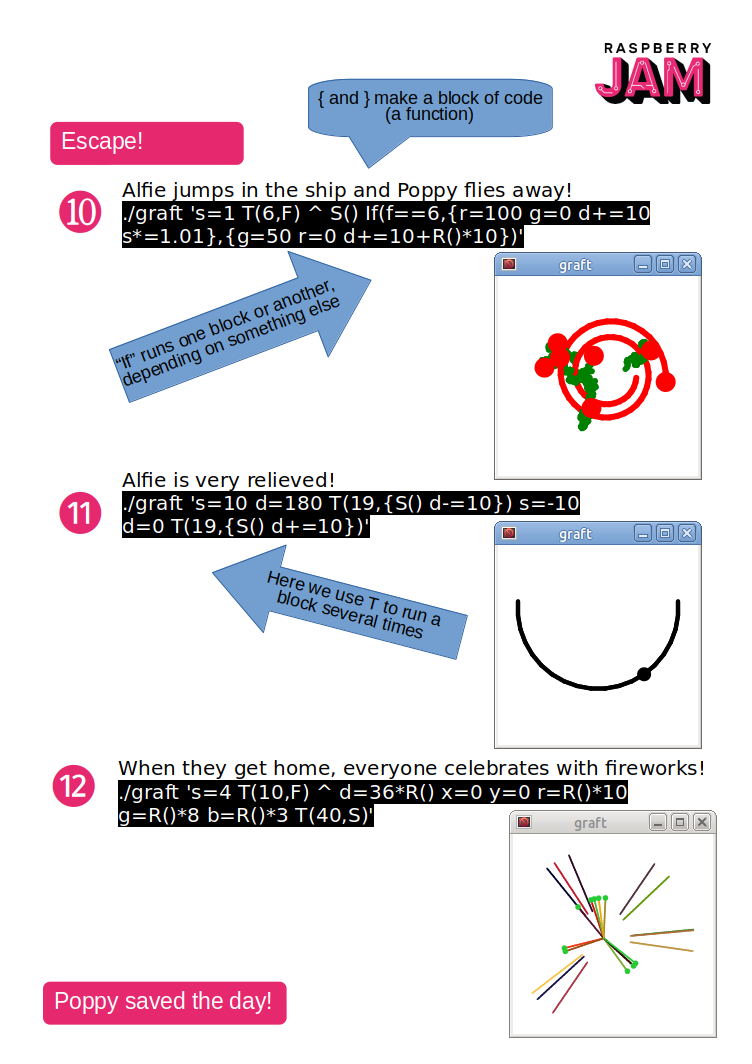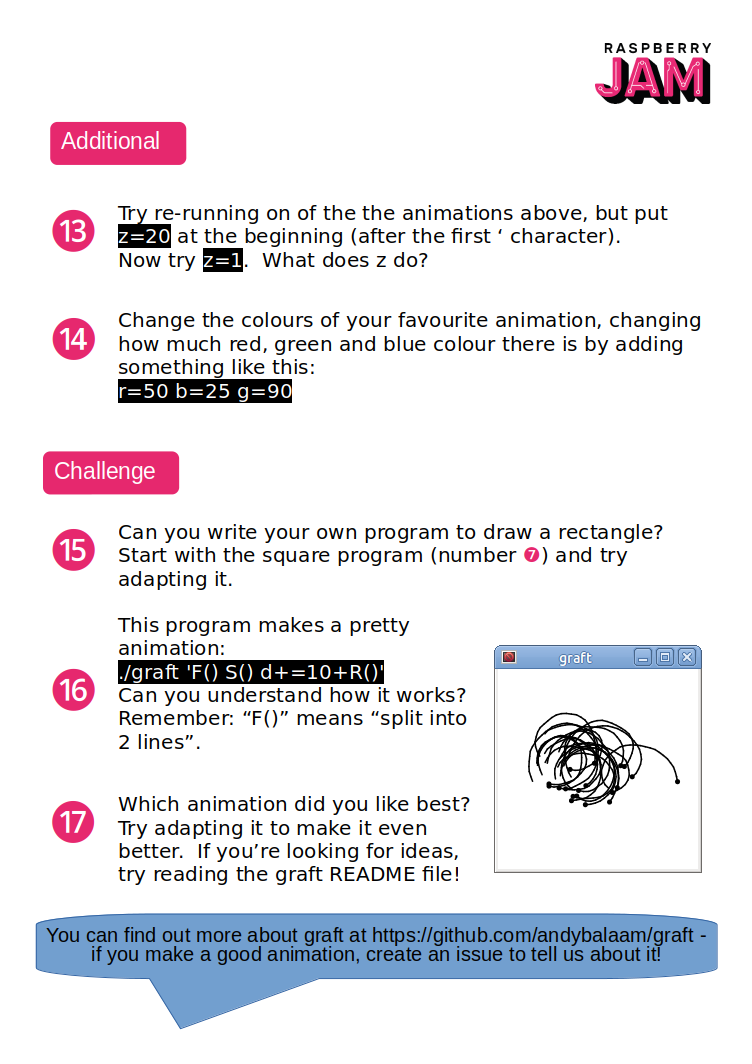Series: Snake in Elm, Elm makes me happy, Elm Basics, Elm Unit Test, Elm JSON
I find JSON decoding in Elm confusing, so here are some thoughts and examples.
Setup
$ elm --version
0.19.0
$ mkdir myproj; cd myproj
$ elm init
...
$ elm install elm/json
...
To run the “Demo” parts of the examples below, type them into the interactive Elm interpreter. To try them out, start it like this:
$ elm repl
and import the library you need:
import Json.Decode as D
Scroll to “Concepts” at the bottom for lots of waffling about what is really going on, but if you’re looking to copy and paste concrete examples, here we are:
Examples
JSON object to Record
type alias MyRecord =
{ i : Int
, s : String
}
recordDecoder : D.Decoder MyRecord
recordDecoder =
D.map2
MyRecord
(D.field "i" D.int)
(D.field "s" D.string)
Note: this uses a special trick – it turns out you can construct a record like MyRecord writing e.g. MyRecord 3 "qux" – the arguments have to be in the same order that the properties are declared in the record. The above only works because you can do this.
Demo:
> type alias MyRec = {i: Int, s: String}
> myRecDec = D.map2 MyRec (D.field "i" D.int) (D.field "s" D.string)
<internals> : D.Decoder MyRec
> D.decodeString myRecDec "{\"i\": 3, \"s\": \"bar\"}"
Ok { i = 3, s = "bar" }
: Result D.Error MyRec
JSON array of ints to List
intArrayDecoder : D.Decoder (List Int)
intArrayDecoder =
D.list D.int
Demo:
> myArrDec = D.list D.int
<internals> : D.Decoder (List Int)
> D.decodeString myArrDec "[3, 4]"
Ok [3,4] : Result D.Error (List Int)
JSON array of strings to List
stringArrayDecoder : D.Decoder (List String)
stringArrayDecoder =
D.list D.string
Demo:
> myArrDec2 = D.list D.string
<internals> : D.Decoder (List String)
> D.decodeString myArrDec2 "[\"a\", \"b\"]"
Ok ["a","b"] : Result D.Error (List String)
JSON object to Dict
intDictDecoder : D.Decoder (Dict String Int)
intDictDecoder =
D.dict D.int
Demo:
> myDictDecoder = D.dict D.int
<internals> : D.Decoder (Dict.Dict String Int)
> D.decodeString myDictDecoder "{\"a\": \"b\"}"
Err (Field "a" (Failure ("Expecting an INT") <internals>))
: Result D.Error (Dict.Dict String Int)
> D.decodeString myDictDecoder "{\"a\": 3}"
Ok (Dict.fromList [("a",3)])
: Result D.Error (Dict.Dict String Int)
To build a Dict of String to String, replace D.int above with
D.string.
JSON array of objects to List of Records
type alias MyRecord =
{ i : Int
, s : String
}
recordDecoder : D.Decoder MyRecord
recordDecoder =
D.map2
MyRecord
(D.field "i" D.int)
(D.field "s" D.string)
listOfRecordsDecoder : D.Decoder (List MyRecord)
listOfRecordsDecoder =
D.list recordDecoder
Demo:
> import Json.Decode as D
> type alias MyRec = {i: Int, s: String}
> myRecDec = D.map2 MyRec (D.field "i" D.int) (D.field "s" D.string)
<internals> : D.Decoder MyRec
> listOfMyRecDec = D.list myRecDec
<internals> : D.Decoder (List MyRec)
> D.decodeString listOfMyRecDec "[{\"i\": 4, \"s\": \"one\"}, {\"i\": 5, \"s\":\"two\"}]"
Ok [{ i = 4, s = "one" },{ i = 5, s = "two" }]
: Result D.Error (List MyRec)
Concepts
What is a Decoder?
A Decoder is something that describes how to take in JSON and spit out something. The “something” part is written after Decoder, so e.g. Decoder Int describes how to take in JSON and spit out an Int.
The Json.Decode module contains a function that is a Decoder Int. It’s called int:
> D.int
<internals> : D.Decoder Int
In some not-all-all-true way, a Decoder is sort of like a function:
-- This is a lie, but just pretend with me for a sec
Decoder a : SomeJSON -> a
-- That was a lie
To actually run your a Decoder, provide it to a function like decodeString:
> D.decodeString D.int "45"
Ok 45 : Result D.Error Int
So the actually-true way of getting an actual function is to combine decodeString and a decoder like int:
> D.decodeString D.int
<function> : String -> Result D.Error Int
When you apply decodeString to int you get a function that takes in a String and returns either an Int or an error. The error could be because the string you passed was not valid JSON:
> D.decodeString D.int "foo bar"
Err (Failure ("This is not valid JSON! Unexpected token o in JSON at position 1") )
: Result D.Error Int
or because the parsed JSON does not match what the Decoder you supplied expects:
> D.decodeString D.int "\"45\""
Err (Failure ("Expecting an INT") )
: Result D.Error Int
(We supplied a String containing a JSON string, but the int Decoder expects to find a JSON int.)
Side note: ints and floats are treated as different, even though the JSON Spec treats them all as just “Numbers”:
> D.decodeString D.int "45.2"
Err (Failure ("Expecting an INT") )
: Result D.Error Int
What is a Value?
Elm has a type that represents JSON that has been parsed (actually, parsed and stored in a JavaScript object) but not interpreted into a useful Elm type. You can make one using the functions inside Json.Encode:
> import Json.Encode as E
> foo = E.string "foo"
: E.Value
You can even turn one of these into a String containing JSON using encode:
> E.encode 0 foo
"\"foo\"" : String
or interpret the Value as useful Elm types using decodeValue:
> D.decodeValue D.string foo
Ok "foo" : Result D.Error String
(When JSON values come from JavaScript, e.g. via flags, they actually come as Values, but you don’t usually need to worry about that.)
However, what you can’t do is pull Values apart in any way, other than the standard ways Elm gives you. So any custom Decoder that you write has to be built out of existing Decoders.
How do I write my own Decoder?
If you want to make a Decoder that does custom things, build it from the existing magic Decoders, give it a type that describes the type it outputs, and insert your code using one of the mapN functions.
For example, to decode only ints that are below 100:
> under100 i = if i < 100 then D.succeed i else (D.fail "Not under 100")
<function> : number -> D.Decoder number
> intUnder100 = D.int > D.andThen under100
<internals> : D.Decoder Int
> D.decodeString intUnder100 "50"
Ok 50 : Result D.Error Int
> D.decodeString intUnder100 "500"
Err (Failure ("Not under 100") <internals>)
: Result D.Error Int
Here, we use the andThen function to transform the Int value coming from calling the int function into a Decoder Int that expresses success or failure in terms of decoding. When we do actual decoding using the decodeString funcion, this is transformed into the more familiar Result values like Ok or Err.
If you want to understand the above, pay close attention to the types of under100 and intUnder100.
If you want to write a Decoder that returns some complex type, you should build it using the mapN functions.
For example, to decode strings into arrays of words split by spaces:
> splitIntoWords = String.split " "
<function> : String -> List String
> words = D.map splitIntoWords D.string
<internals> : D.Decoder (List String)
> D.decodeString words "\"foo bar baz\""
Ok ["foo","bar","baz"]
: Result D.Error (List String)
Above we used map to transform a Decoder String (the provided string function) into a Decoder (List String) by mapping it over a function (splitIntoWords) that transforms a String into a List String.
Again, to understand this, look carefully at the types of splitIntoWords
and words.
How do I build up complex Decoders?
Complex decoders are built by combining simple ones. Many functions that make decoders take another decoder as an argument. A good example is “JSON array of objects to List of Records” above – there we make a Decoder MyRecord and use it to decode a whole list of records by passing it as an argument to list, so that it returns a Decoder (List MyRecord) which can take in a JSON array of JSON objects, and return a List of MyRecords.
Why is this so confusing?
Because Decoders are not functions, but they feel like functions. In fact they are opaque descriptions of how to interpret JSON that the Elm runtime uses to make Elm objects for you out of Values, which are opaque objects that underneath represent a piece of parsed JSON.





